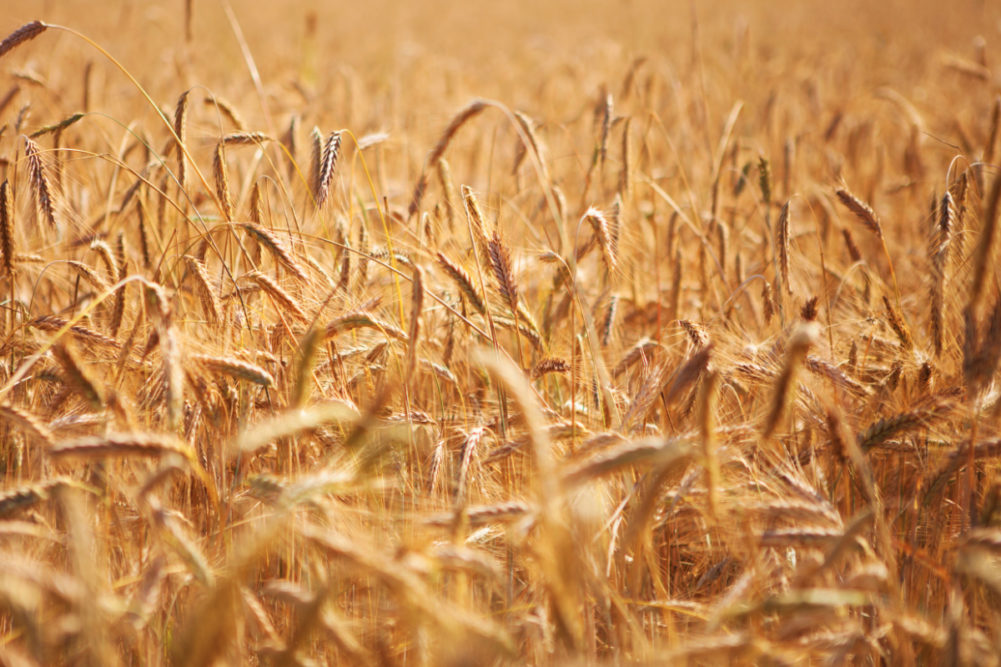OTTAWA, ONTARIO, CANADA — Canada is poised to increase its grains production 30% to 58 million tonnes year-over-year in 2022-23 thanks to an increase in planted area for spring wheat, durum and oats and improved soil moisture, according to a Global Agricultural Information Network report from the Foreign Agricultural Service of the US Department of Agriculture (USDA).
“The most significant downside risk to this outlook is the persistent drought conditions in Alberta and Western Saskatchewan, which are the primary cereal-growing areas in Canada,” the USDA said.
Beginning stocks of wheat, oats and barley are forecast to fall to multiyear lows due to the significant reduction in yields and production in the 2021-22 drought year. Beginning stocks of corn are projected to fall to 1.95 million tonnes, their lowest level since 2014. This is primarily due to high domestic demand for feed.
Wheat production in 2022-23 is forecast at 31.58 million tonnes with ending stocks of 4 million tonnes. The ending stocks-to-use ratio for total wheat in 2022-23 is forecast to fall to 12%, a level not seen since 1938, the USDA said.
In 2022-23, exports of wheat, barley and oats are forecast to increase 32% from last year on the assumption that improved growing conditions will raise Canada’s level of exportable wheat supplies by more than 6 million tonnes. Ending stocks are forecast to remain well below historic levels due to strong global demand and tight global and domestic supplies.
Canada is projected to produce 9.4 million tonnes of barley in 2022-23 with a return to historic yield trends, and 4.03 million tonnes of oats on increased planting area and strong prices.
Corn production is expected to reach 13.6 million tonnes in 2022-23, down from 13.98 million tonnes in 2021-22 on lower yields.
“Imports of corn, barley, wheat and oats are expected to decline more than 40% on reduced demand for imported feed corn and feed barley, based on the assumption that Canada will produce a higher level of domestic feed supplies than in 2021-22,” the USDA said. “However, if drought conditions fail to improve, high import levels may be sustained.”





